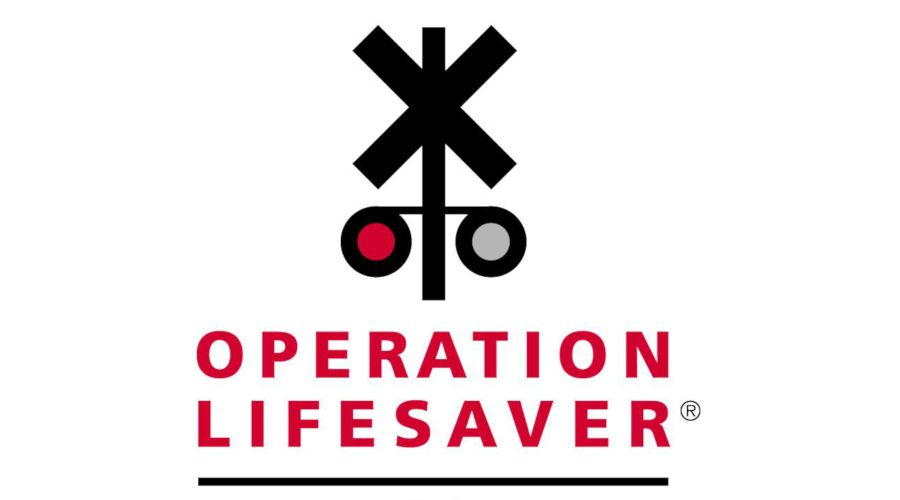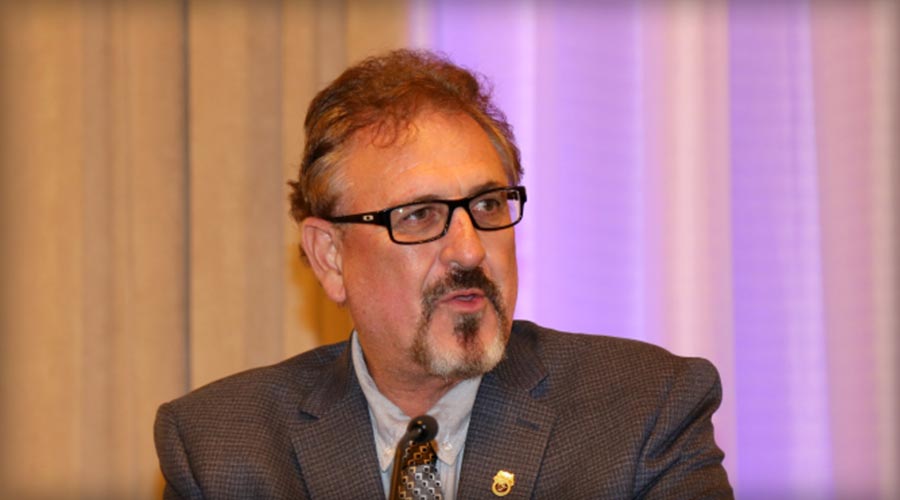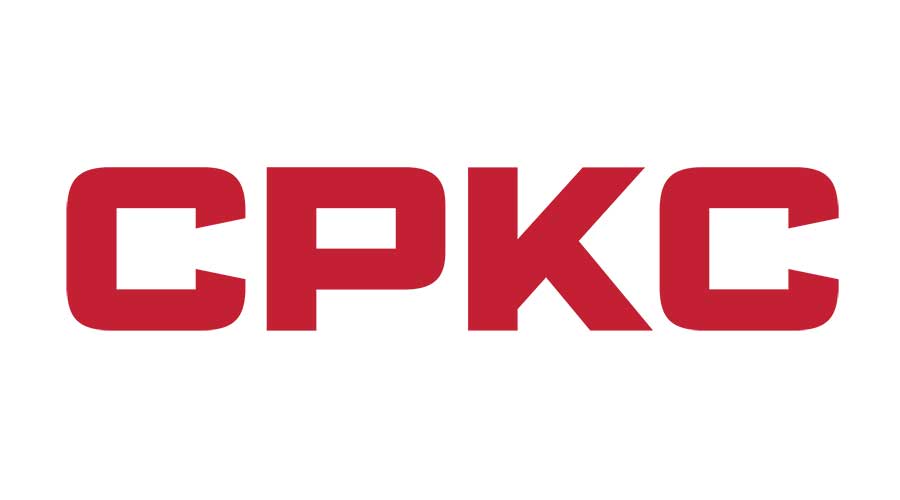Newsletter Sign Up
Stay updated on news, articles and information for the rail industry
Stay updated on news, articles and information for the rail industry
RAIL EMPLOYMENT & NOTICES
Rail News Home
Rail Industry Trends
Rail News: Rail Industry Trends
2/19/2010
Rail News: Rail Industry Trends
AAR conference shines spotlight on freight railroads' public policy goals, concerns
advertisement
In the first of what could be quarterly meetings with the media, the Association of American Railroads (AAR) held a press conference yesterday to tout the release of an economic recovery report and discuss current rail industry issues.
With the Obama Administration focusing attention on developing high-speed rail, increasing exports, improving the environment, creating jobs and bolstering the economy, freight railroads’ key role in helping the nation achieve those goals tends to be overlooked, said AAR President and Chief Executive Officer Ed Hamberger during the hour-long conference.
“We need to make sure the idea of freight railroads isn’t lost in the high-speed rail vision,” he said. “And the Administration expects to double exports in the next five years — how will they do that without a strong freight railroad system?”
According to the AAR's "Great Expectations: Railroads and U.S. Economic Recovery" report — which examines the freight rail industry’s contributions to the U.S. economy, provides statistical data and analyzes key policy initiatives in Washington, D.C. — freight railroads generate nearly $265 billion in total annual economic activity. The industry directly or indirectly supports more than 1.2 million U.S. jobs, and every freight-rail job supports another 4.5 jobs elsewhere in the economy, according to the AAR.
Hamberger also addressed challenges facing the industry from “over-burdensome federal regulatory mandates,” such as positive train control (PTC) implementation, the Surface Transportation Board Reauthorization Act of 2009 (S. 2889), and “cap and trade” energy bill. PTC’s cost-to-benefit ratio is 20-to-1, meaning “a lot of money will be spent in a not-very efficient way,” said Hamberger, adding that freight railroads likely will have to forego investments in certain capacity projects because funds will be diverted to implementing the technology.
“It’s a misallocation of resources,” he said. “Public policy will choke off investments if [Washington] isn’t careful.”
The cap and trade bill would reduce the amount of coal used to generate electricity, and “we shouldn’t drive coal out of the picture,” said Hamberger. Freight railroads move about 70 percent of the coal transported from mines to utility plants. If the bill were enacted, railroads would have to idle $8 billion worth of assets devoted to coal moves, primarily track used only by coal trains, he said.
As for S. 2889 and other legislation that would hamper railroad’s ability to earn a return on investments, policymakers need to look at railroads from a broader perspective, said Hamberger.
“Select legislative and regulatory proposals are creating an air of uncertainty at a time when there is already too much of that,” he said. “When so much is riding on freight rail’s ability to sustain a healthy national rail network necessary to help America through to economic recovery, now is not the time to undermine our financial viability.”
In addition to opposing antitrust and paper barrier provisions in S. 2889, railroads are “fighting for” one key element to be included in the bill as it continues to evolve in Congress: replacement cost, said Hamberger. The provision would require the STB to determine the value of a rail asset based on today’s cost to replace that asset vs. a book value, he said.
“A bridge that needs to be replaced might have a next-to-nothing book value, but it would cost millions to replace it,” he said.
— Jeff Stagl
With the Obama Administration focusing attention on developing high-speed rail, increasing exports, improving the environment, creating jobs and bolstering the economy, freight railroads’ key role in helping the nation achieve those goals tends to be overlooked, said AAR President and Chief Executive Officer Ed Hamberger during the hour-long conference.
“We need to make sure the idea of freight railroads isn’t lost in the high-speed rail vision,” he said. “And the Administration expects to double exports in the next five years — how will they do that without a strong freight railroad system?”
According to the AAR's "Great Expectations: Railroads and U.S. Economic Recovery" report — which examines the freight rail industry’s contributions to the U.S. economy, provides statistical data and analyzes key policy initiatives in Washington, D.C. — freight railroads generate nearly $265 billion in total annual economic activity. The industry directly or indirectly supports more than 1.2 million U.S. jobs, and every freight-rail job supports another 4.5 jobs elsewhere in the economy, according to the AAR.
Hamberger also addressed challenges facing the industry from “over-burdensome federal regulatory mandates,” such as positive train control (PTC) implementation, the Surface Transportation Board Reauthorization Act of 2009 (S. 2889), and “cap and trade” energy bill. PTC’s cost-to-benefit ratio is 20-to-1, meaning “a lot of money will be spent in a not-very efficient way,” said Hamberger, adding that freight railroads likely will have to forego investments in certain capacity projects because funds will be diverted to implementing the technology.
“It’s a misallocation of resources,” he said. “Public policy will choke off investments if [Washington] isn’t careful.”
The cap and trade bill would reduce the amount of coal used to generate electricity, and “we shouldn’t drive coal out of the picture,” said Hamberger. Freight railroads move about 70 percent of the coal transported from mines to utility plants. If the bill were enacted, railroads would have to idle $8 billion worth of assets devoted to coal moves, primarily track used only by coal trains, he said.
As for S. 2889 and other legislation that would hamper railroad’s ability to earn a return on investments, policymakers need to look at railroads from a broader perspective, said Hamberger.
“Select legislative and regulatory proposals are creating an air of uncertainty at a time when there is already too much of that,” he said. “When so much is riding on freight rail’s ability to sustain a healthy national rail network necessary to help America through to economic recovery, now is not the time to undermine our financial viability.”
In addition to opposing antitrust and paper barrier provisions in S. 2889, railroads are “fighting for” one key element to be included in the bill as it continues to evolve in Congress: replacement cost, said Hamberger. The provision would require the STB to determine the value of a rail asset based on today’s cost to replace that asset vs. a book value, he said.
“A bridge that needs to be replaced might have a next-to-nothing book value, but it would cost millions to replace it,” he said.
— Jeff Stagl


 2025 MOW Spending Report: Passenger-rail programs
2025 MOW Spending Report: Passenger-rail programs
 Gardner steps down as Amtrak CEO
Gardner steps down as Amtrak CEO
 Guest comment: Oliver Wyman’s David Hunt
Guest comment: Oliver Wyman’s David Hunt
 Women of Influence in Rail eBook
Women of Influence in Rail eBook
 railPrime
railPrime







